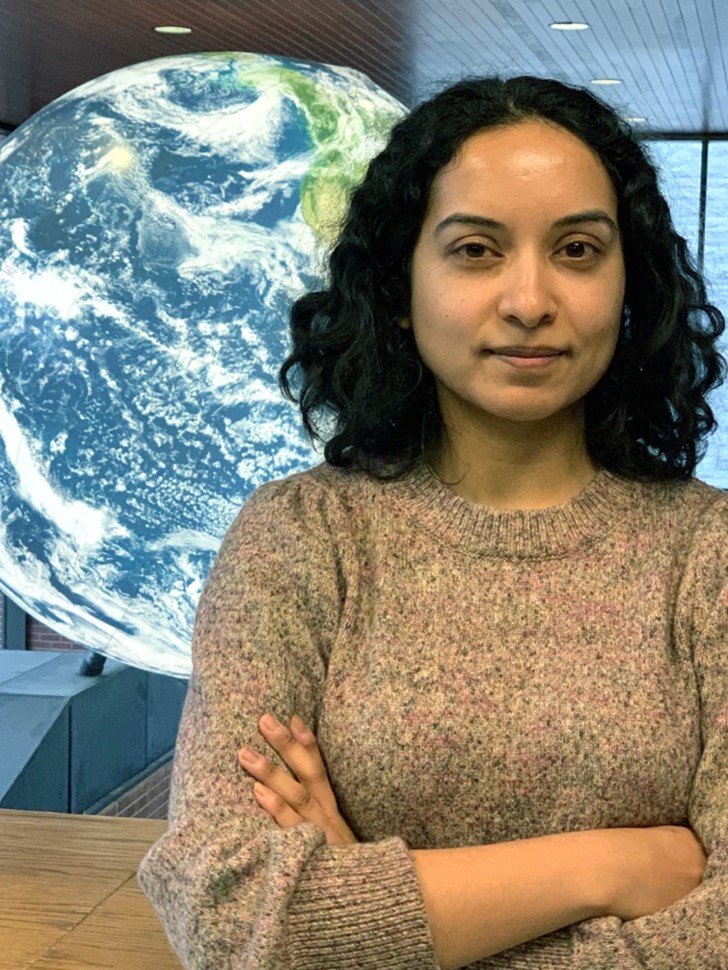Tripti Bhattacharya, Syracuse University – Clues from the Pliocene
 As the climate changes, what can history teach us about the future?
As the climate changes, what can history teach us about the future?
Tripti Bhattacharya, Thonis family professor of earth and environmental sciences at Syracuse University, looks into the past to find out.
My research focuses on understanding the sensitivity of regional rainfall to global climate change. I use a variety of methods, ranging from geochemical and biological proxies to climate models. My work focuses on a paleoclimatic perspective, whereby past instances of climate change can be used as ‘natural experiments’ to understand the response of the atmosphere-ocean system to external forcing.
Clues from the Pliocene
The southwest US is in the midst of a decades long drought. Last August, California’s Death Valley experienced a one-in-a-thousand year flooding event, powered by an intense summertime storm associated with a circulation pattern known as the southwest monsoon. Events like this highlight the importance of understanding how our water cycle will respond to ongoing global climate change.
The rich record of Earth’s history offers many instances of warm climate states that can be used as ‘natural experiments’ to understand how rainfall responds to global change.
The Pliocene epoch, between 2 and half and 5 million years ago, stands out as one of these past natural experiments since it featured elevated carbon dioxide concentrations
The landscape of the Pliocene in southwestern North America looked dramatically different to today. Southern California deserts contained woodlands and more lush vegetation. Parts of Arizona and the Great Basin had large lakes. Understanding the causes of wetter conditions in the Pliocene can provide new insights into 21st century rainfall in the desert southwest.
Measuring leaf wax compounds, we discovered summer rainfall in the southwestern Pliocene was much more intense, and was spatially expanded into regions like southern California, near present-day San Diego. We also showed that this expansion of summertime storms was driven by warming of ocean temperatures off the southern California coast. An unusually warm coastal ocean in the Pliocene helped pump moisture and heat into the atmosphere, fueling a stronger summer monsoon.
Our studies of the Pliocene helped us establish a linkage between coastal ocean temperatures and the intensity of summer monsoon storms in the southwest.
Why is this relevant today? Our results suggest that marine heat waves should cause stronger monsoon storms. If these types of events increase, it’s possible that we will see more intense monsoon rainfall in regions that do not normally receive summer rain today, posing new risks from floods and landslides to surrounding communities and infrastructure.


